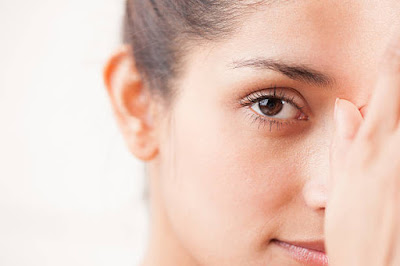The meditation gazing points to reflect on when practicing the poses are called drishtis. They're made to help with good alignment and to help you stay focused on the current moment.
We have a tendency to look about, equate ourselves to those in the room, or glance at the clock when exercising. Which diverts attention away from the practice's internal workings. Drishtis are intended to assist you in looking inside.
The following are the 9 Yogic Drishtis:
- 1. Nasagrai (also spelled Nasagre) (nose)
- 2. Ajna Chakra or Bhrumadhye (third eye, between the eyebrows)
- 3. Nabi Chakra, also known as Nabhi, Nabhicakre, or Nabi Chakra (belly button)
- 4. Hastagrai or Hastagre are two different words for the same thing (hands)
- 5. Padayoragrai (toes/feet) or Padayoragre (feet)
- 6. Drishti of Parshva (to the right)
- 7. Drishti of Parshva (to the left)
- 8. Angushtamadhye or Angushta Ma Dyai. Angush (thumbs)
- 9. Antara Drishti or Urdhva (up to the sky)
Drishtis can be difficult to understand at first. There are, however, certain basic rules for gaze. It all boils down to following the stretch's course with your eyes.
In backbends, for example, we look at our third eye to allow the head to roll back and expand the backbend.
To lengthen the spine, we look at the toes in seated forward bends like Paschimottanasana (Western Intense Stretch Pose).
Drishtis are a way to gently concentrate without constantly staring; they are not meant to make you cross-eyed.

